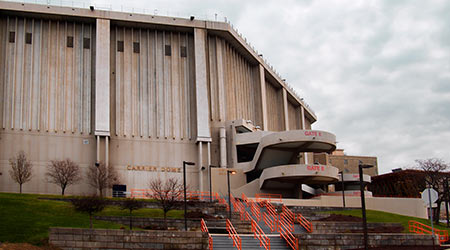
Syracuse University’s Carrier Dome Set for Renovation
November 6, 2018
Universities are under constant pressure to incorporate the latest technology for learning and green spaces for recreation and sustainability. The pressure extends to facilities, which universities use to create a positive image among students and faculty. The need to keep facilities looking and performing their best includes retrofits and renovations, whether it is a new roof, an LED retrofit or an HVAC replacement.
Consider the case of Syracuse University’s Carrier Dome. The city of Syracuse recently approved renovations to all three those components of the facility. Syracuse's renovation plan calls for the roof replacement to be done by 2020, along with new sound and lighting systems, a new scoreboard, and accessibility improvements. By 2022, the school plans to add air conditioning and improvements in concession and restroom spaces, according to Syracuse.com.
"This is just another step in the process of the roof replacement project, the process that it takes for us to get the permit for the actual replacement of the roof," says Pete Sala, the university’s vice president and chief facilities officer.
The new roof will replace the Carrier Dome's out-of-date, air-supported roof with a new tension membrane roof that will be supported by a steel crown-truss structure. A similar style has been popular in other modern stadiums, including the planned Los Angeles Stadium at Hollywood Park that will host the San Diego Chargers and L.A. Rams starting in 2020.
Syracuse's version will have a hard surface covering the outer-third of the building, with a more translucent material covering the inner two-thirds. Sala says, adding the university continues to look at different materials and that their focus revolves around materials designed to improve interior lighting.
This Quick Read was submitted by Ryan Berlin, managing editor of Facility Maintenance Decisions.
Next
Read next on FacilitiesNet












